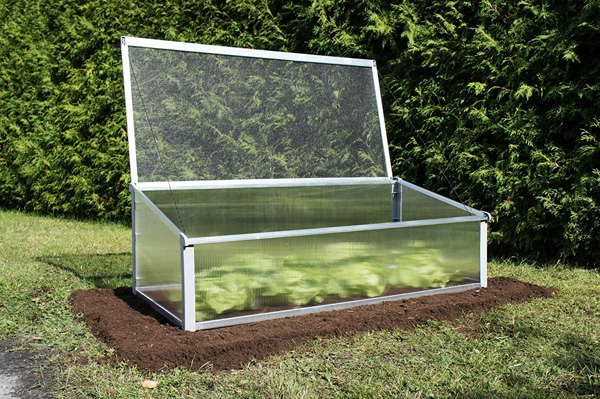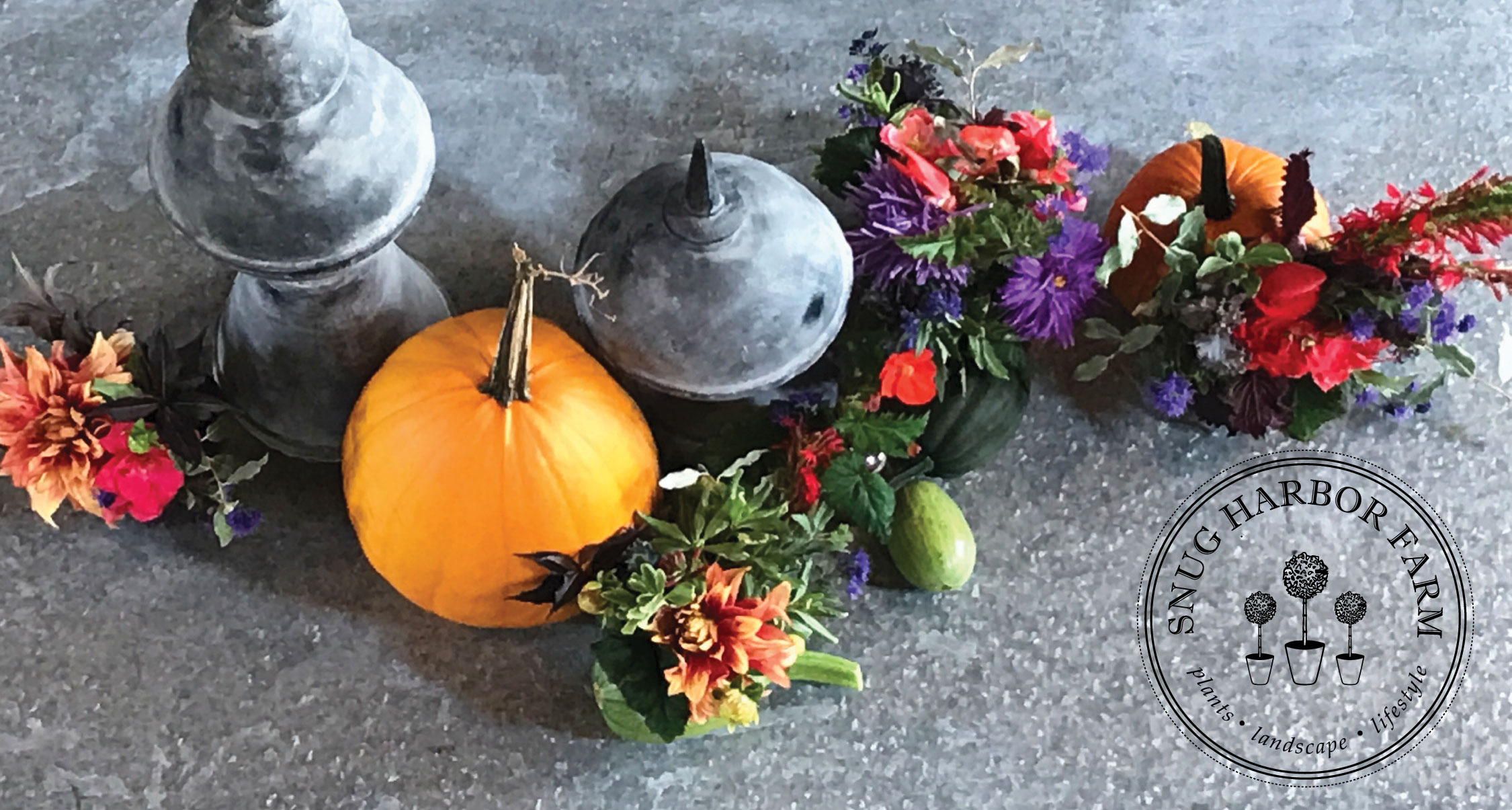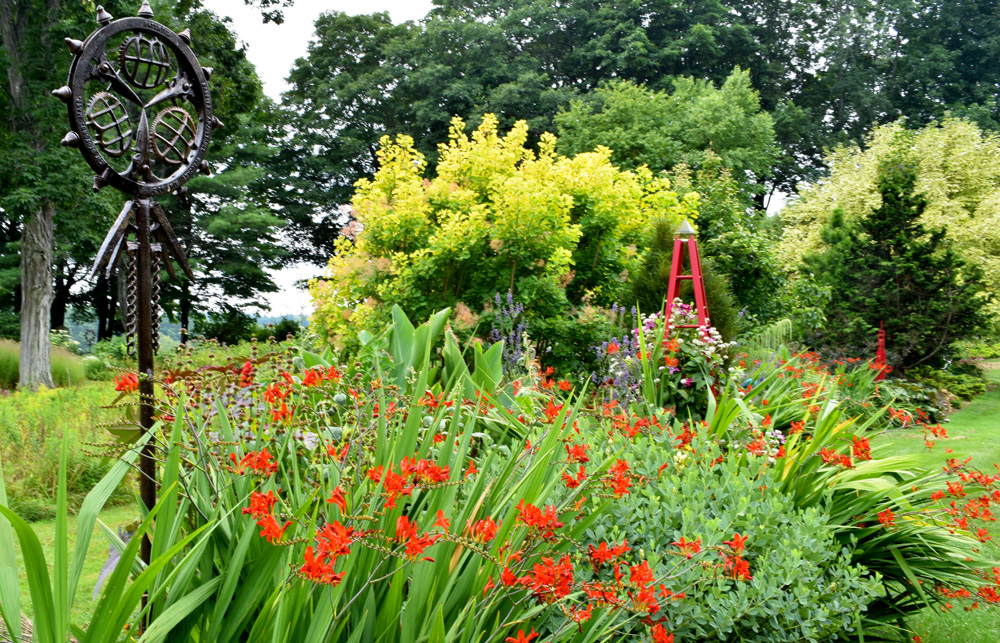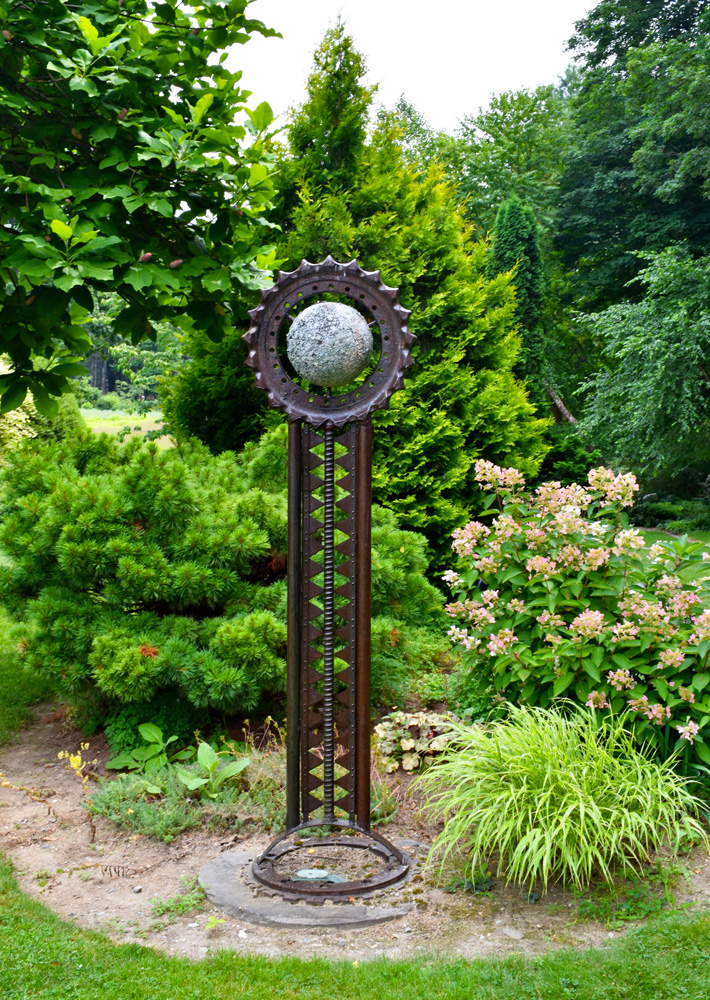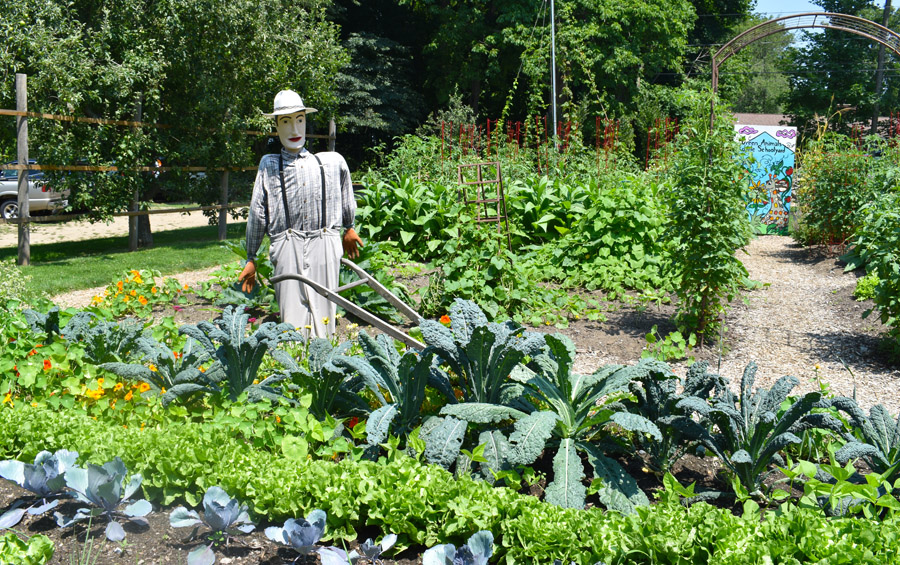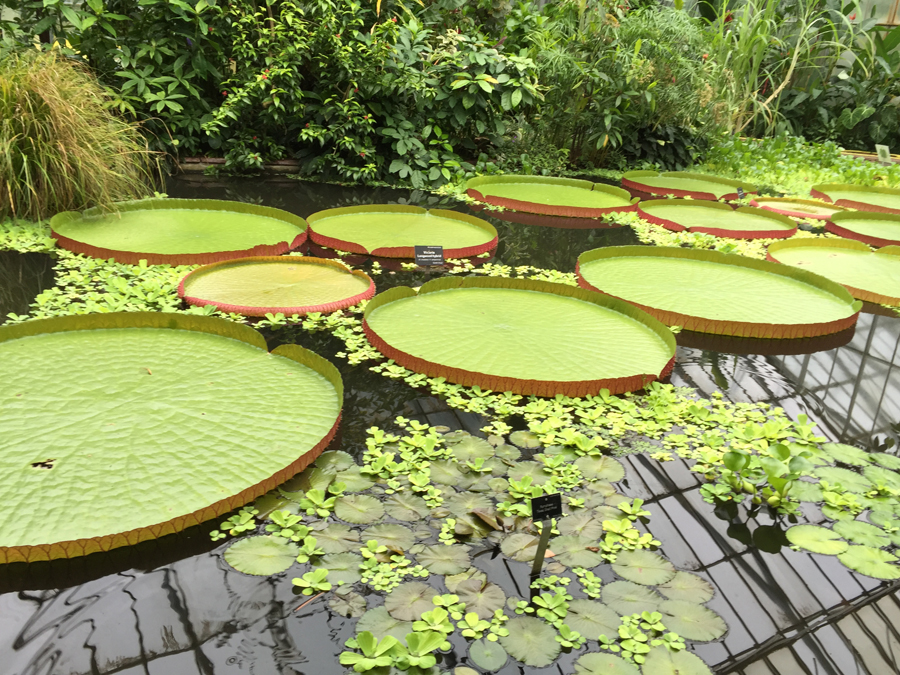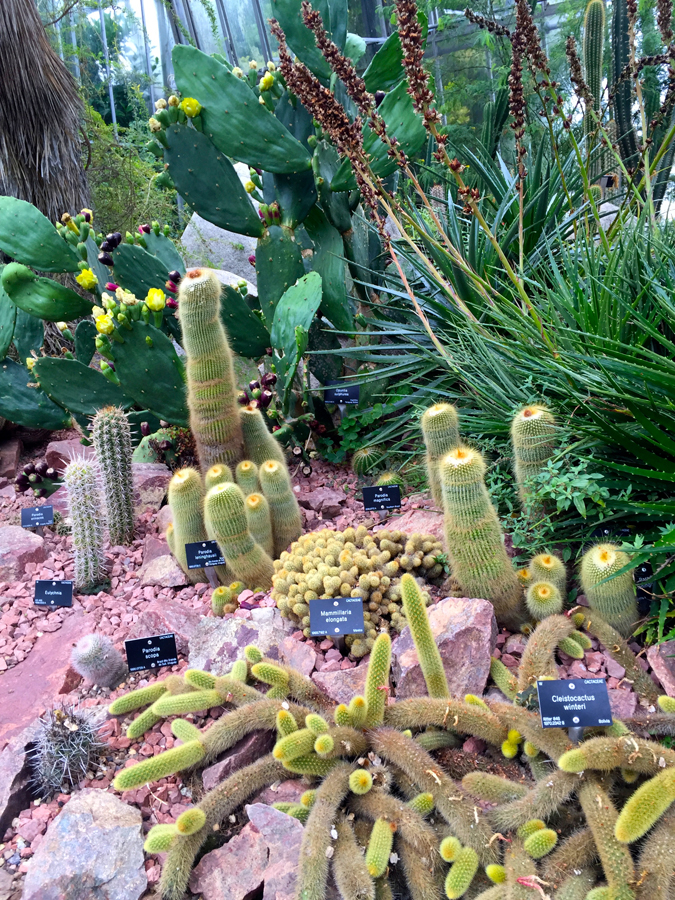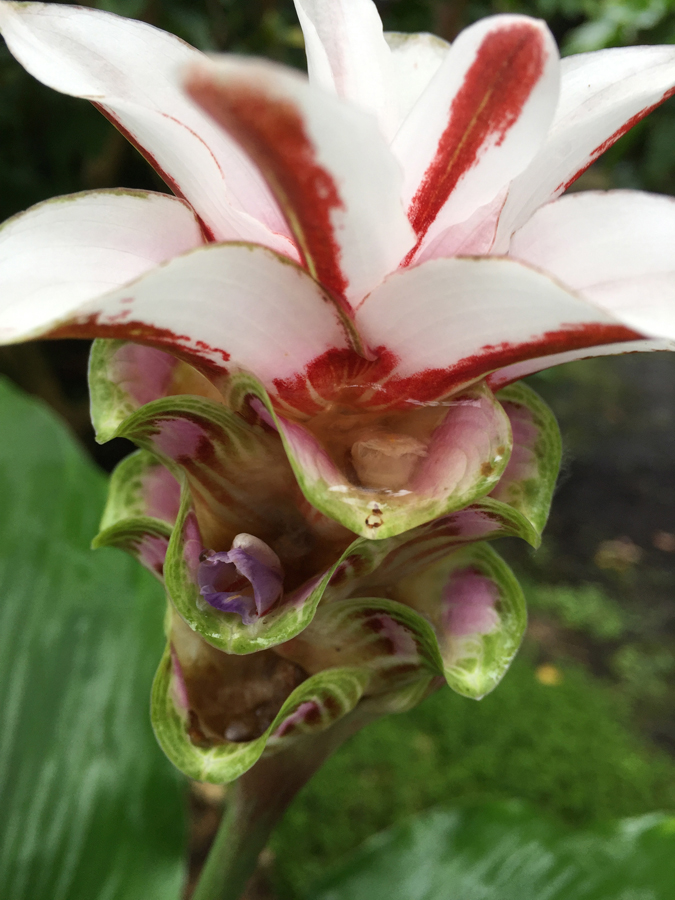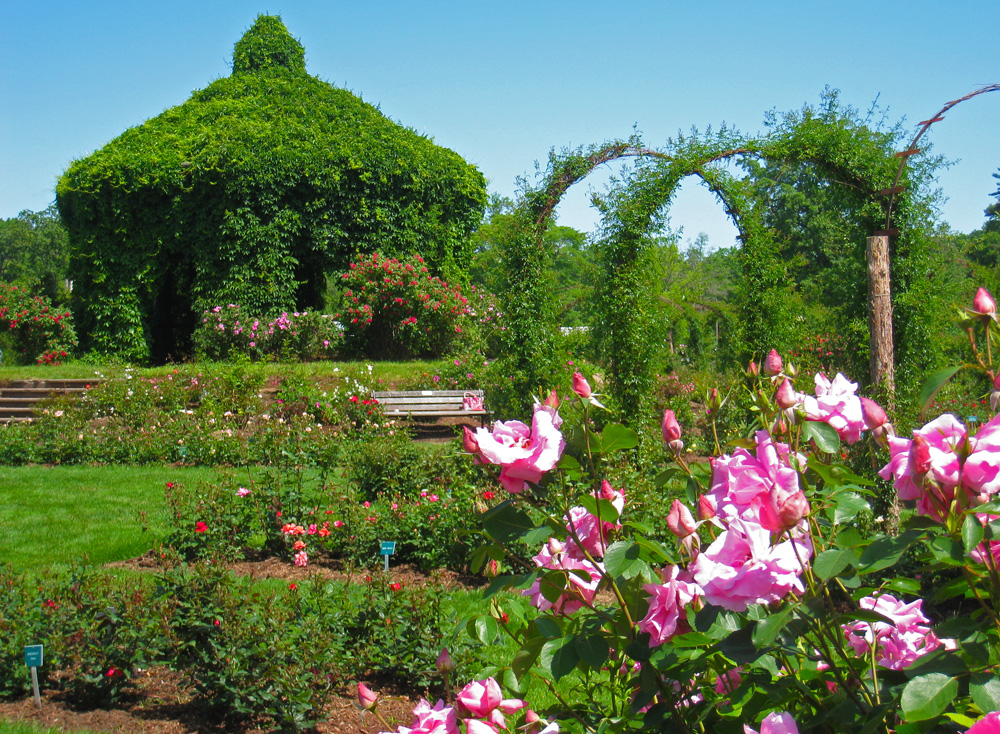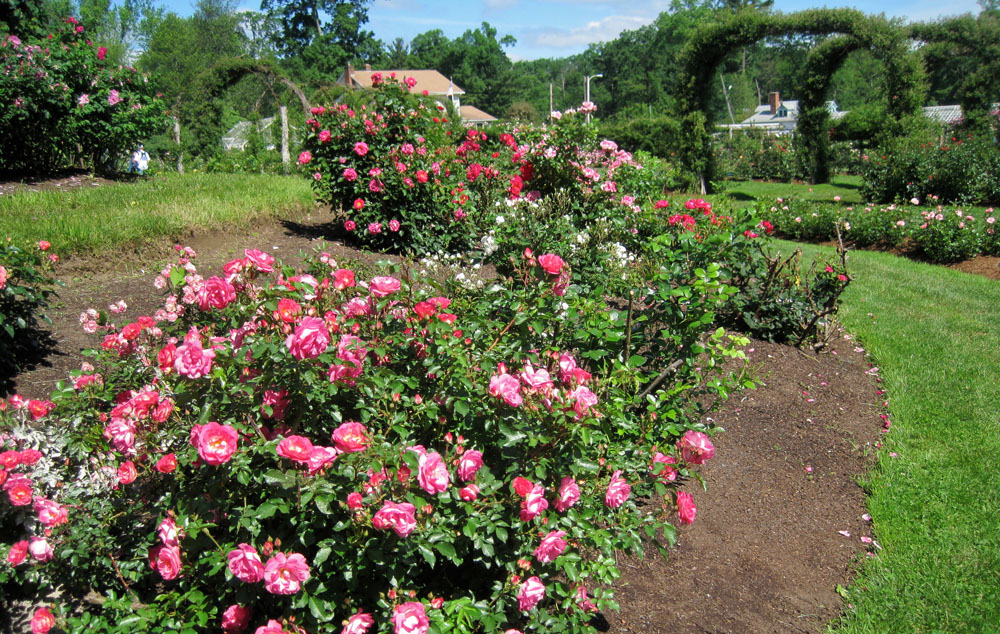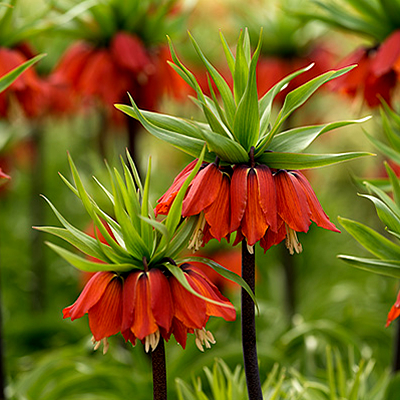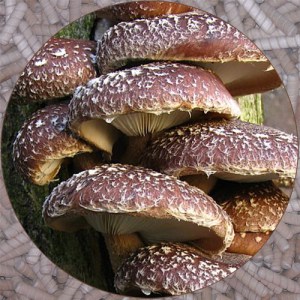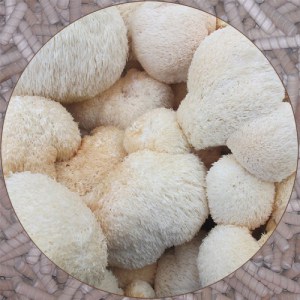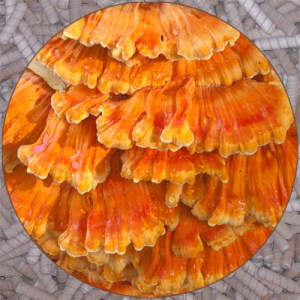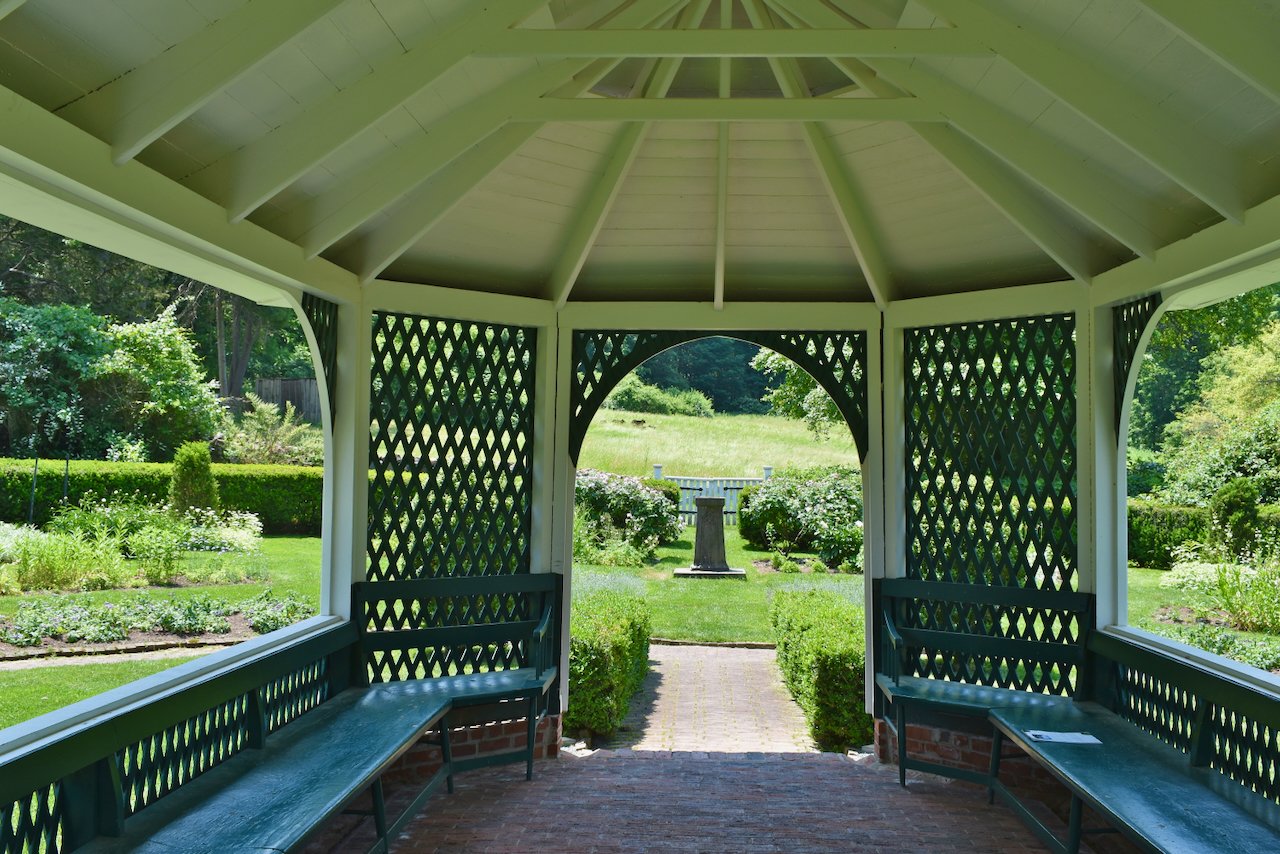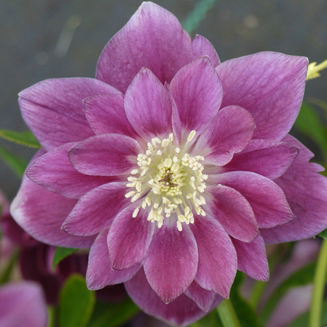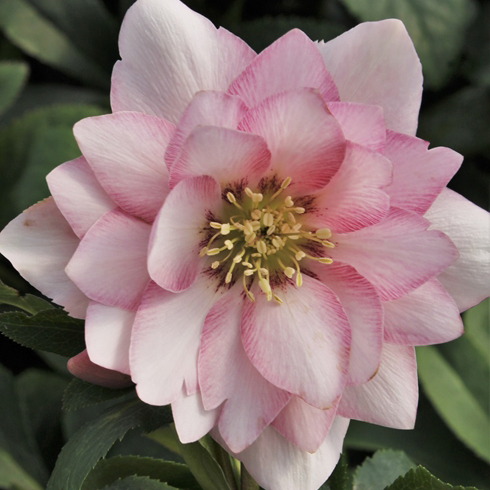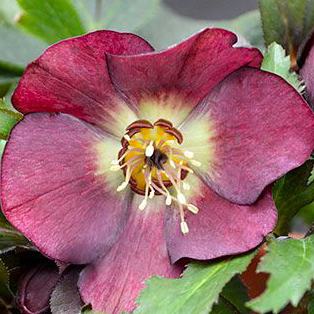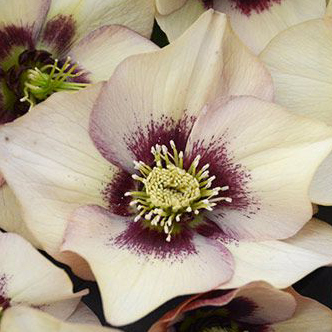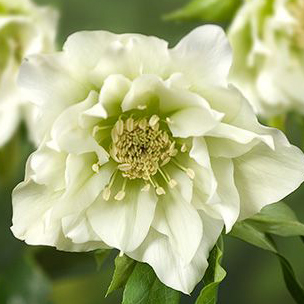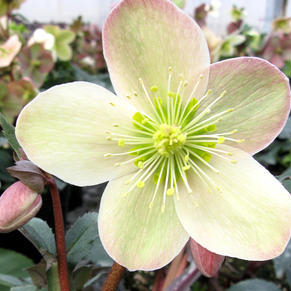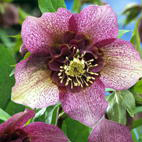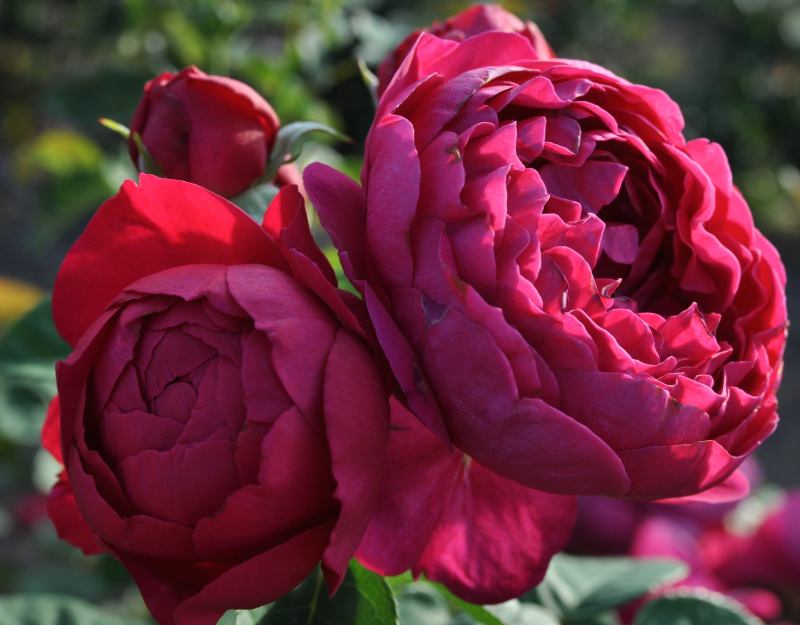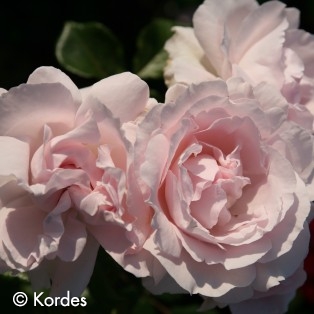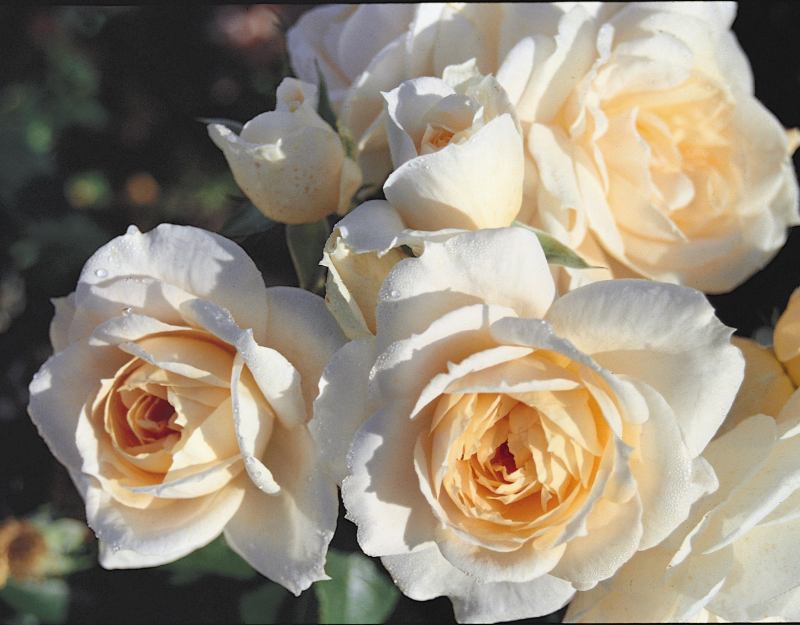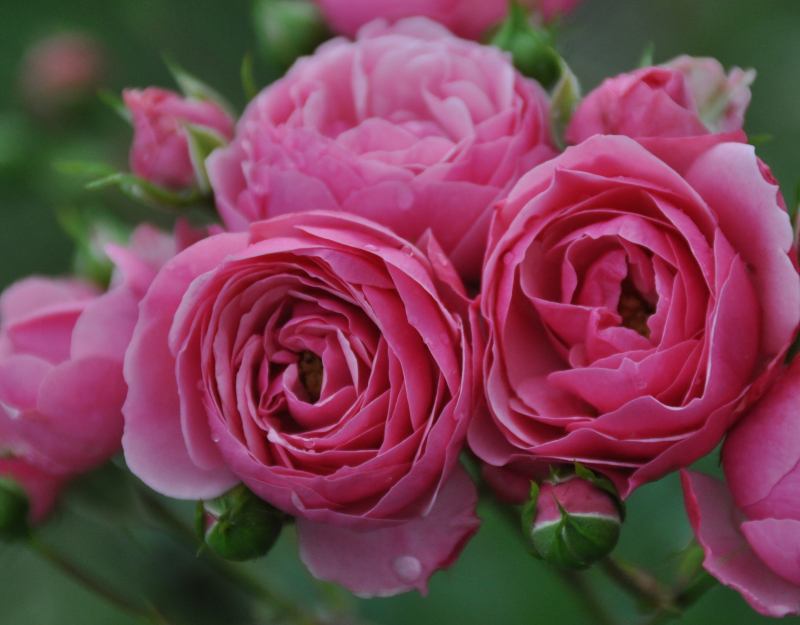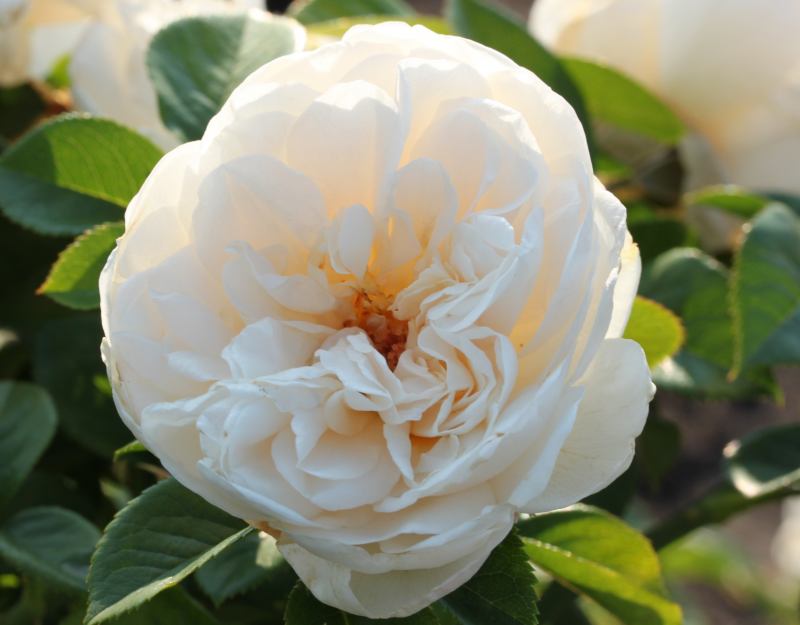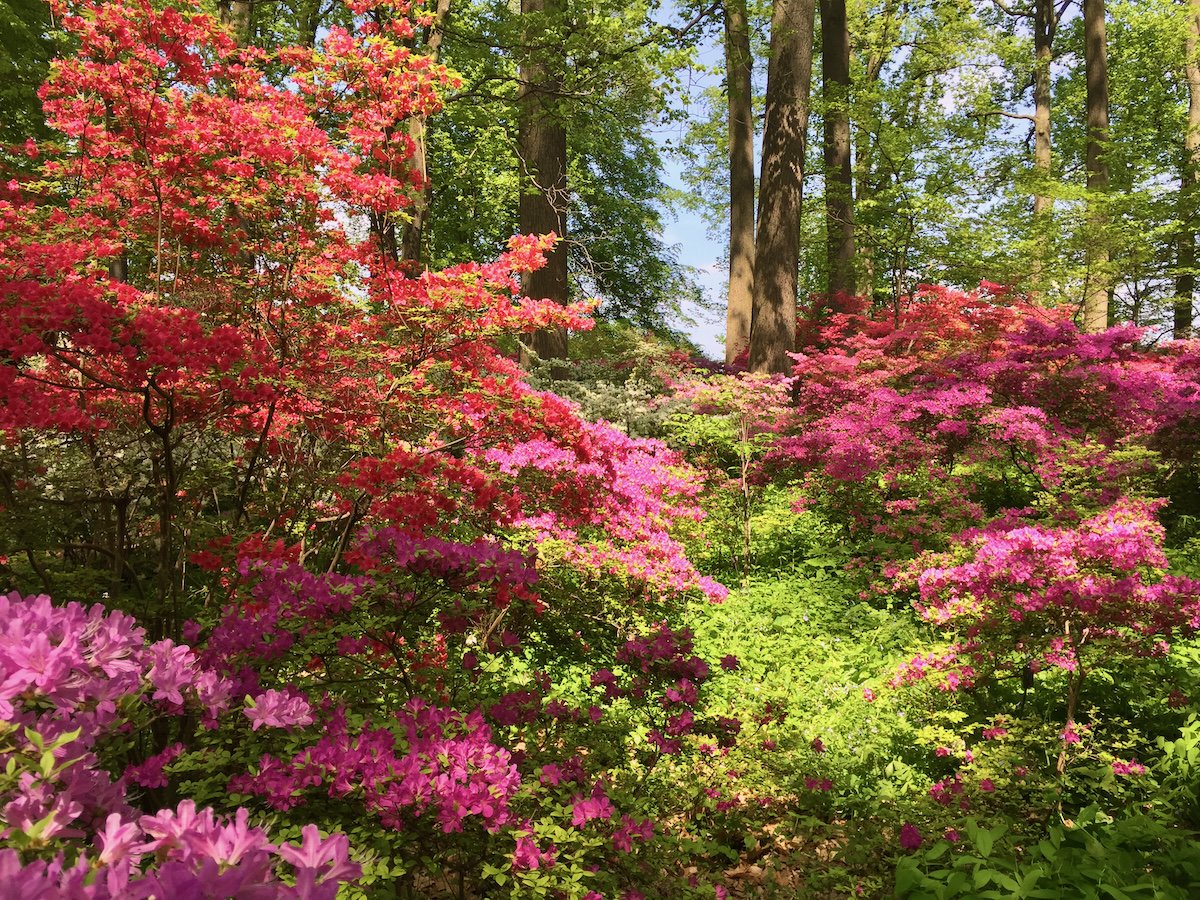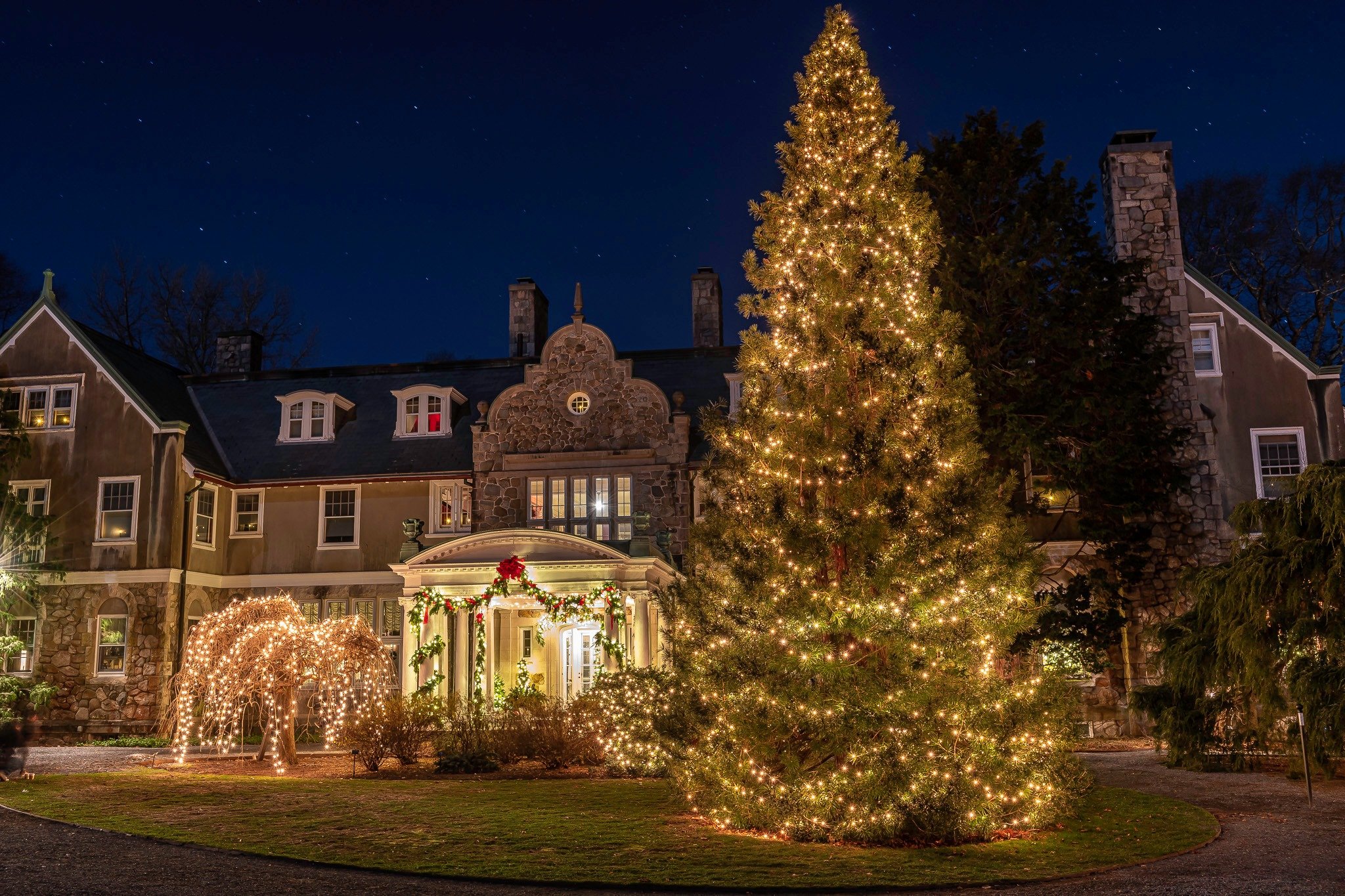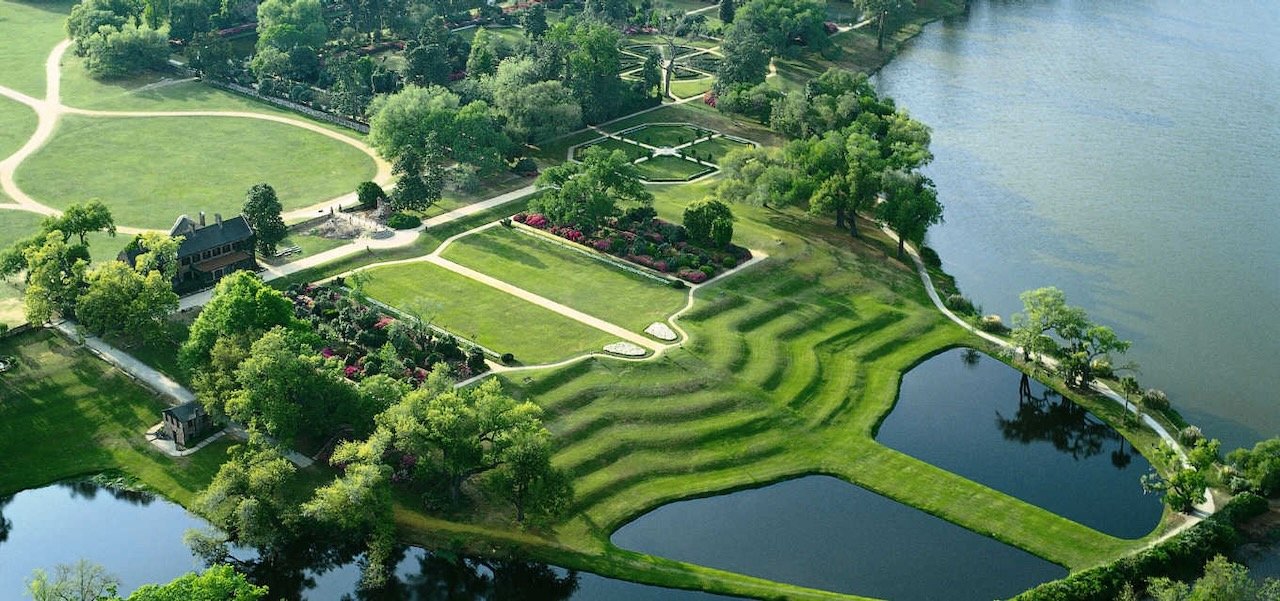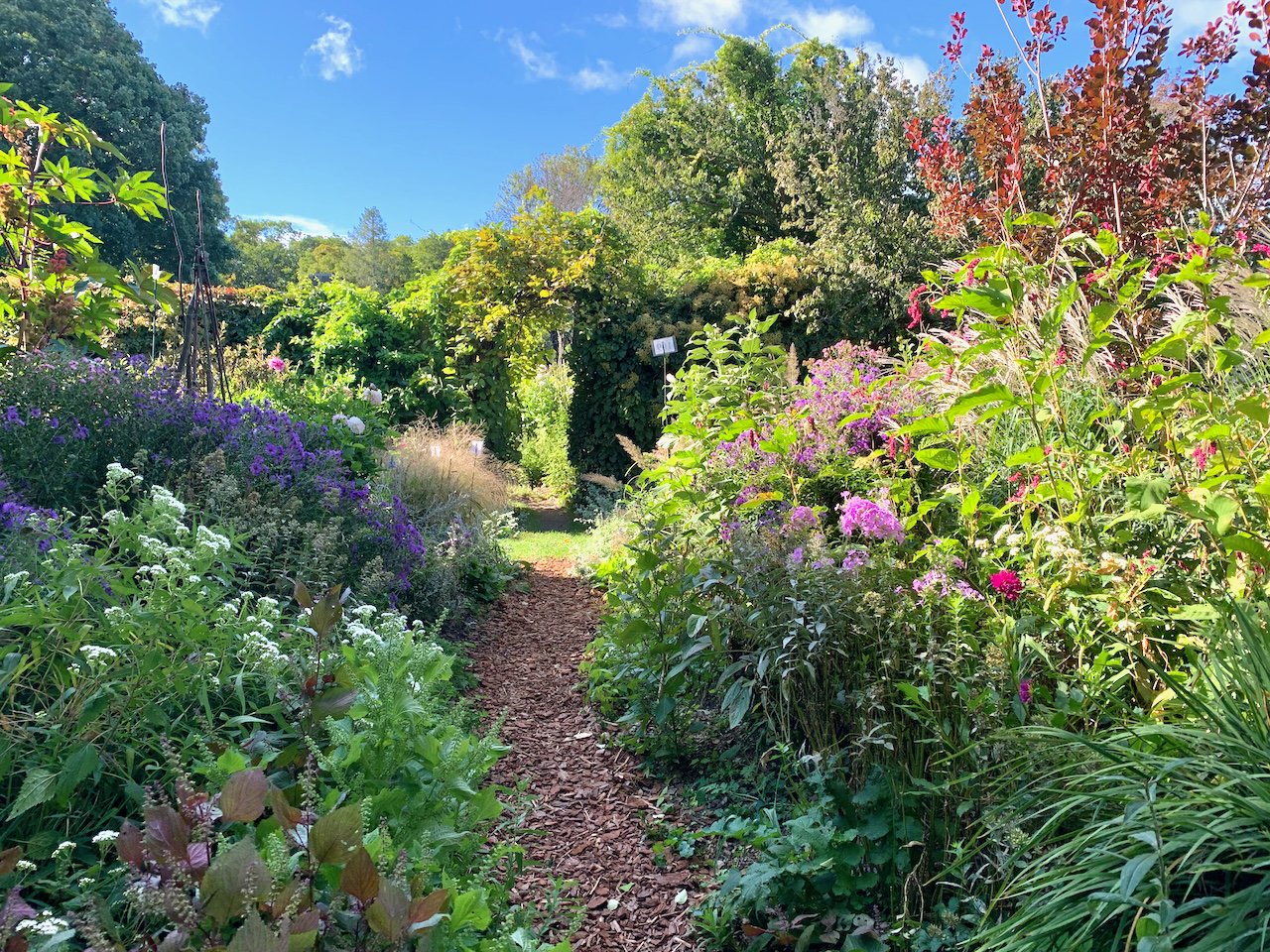Holiday Gifts for Gardeners 2017
/Here are some gift ideas for the gardener on your holiday list:
Arianna Necklace
Pure silver Fig leaf, accented with a tiny faceted labradorite, brought together by a delicate gold vermeil branch, to gracefully adorn your day! 18" long.
The Green Thumb Gardening Gift Box
Includes (3) Assorted seed packets, The Curious Gardener book, Floral drawer sachet, Cherry bon bons candies, Water spritzer bottle, Spade, Foam knee pad, Garden stepping stone, Pretzel sticks, Moisturizing hand cream, Gardening gloves, (2) Herbal teas
$62 Hayneedle.com
Garden Conservancy Membership
A membership to the Garden Conservancy will provide pleasurable days of touring gorgeous private gardens.
From $50, Garden Conservancy
Meyer Lemon
An heirloom dwarf lemon with delicious golden-yellow fruit, Meyer Lemon makes a fine potted plant and it’s one of the hardiest lemons for cool temperatures. The fruit is more flavorful than store-bought lemons and is prized by chefs. It bears heavily at a young age, flowering and fruiting year-round.
From $24.95, Logee's
Aged Scallop Planters
The gentle ripples of the scallop planter make for a cheerful sun bonnet impression around your plants. A genuine classic shape that has stood the test of time, and that continues to be a favourite in all sizes.
From $23.75, Campo de' Fiori
Plantable Wire Lantern
With a glass hurricane inside to hold your favorite pillar candle, this open-weave wire lantern welcomes a planting of seasonal greens or an abundant display of fresh cuts.
From $48, Terrain
Deluxe Soil Knife
The one gardening tool you can't be without! Use it to: divide plants, plant bulbs, flowers and herbs, dig out weeds, remove rocks, cut through roots, plant in pots, clean out cracks, cut twine and ties, and for so much more!
$22.49, AM Leonard
Copper Roof Birdhouse
These handcrafted birdhouses are a focal point in flower gardens or nature sanctuaries. Durable construction and beautiful materials made these houses perfect gifts.
From $69, Wooden Expression
Bioprotect Year-Round Greenhouse
Protect plants from chilly temperatures and wind, so you can plants out weeks earlier and to harden off transplants. Once the weather warms up, slide out the polycarbonate top panel, leaving the screen to foil most insects, slugs and wildlife.
$159, Gardener's Supply
Herb Pot with Tray
Your sunny kitchen windowsill is the ideal place for herbs and this set of three pots is perfectly sized to fit. Each pot is faced with a front slot, pre-printed with Basil, Parsley or Thyme and may be customized by slipping in a label of your own.
$29, William-Sonoma
The Garden Tourist: 120 Destination Garden and Nurseries in the Northeast
A travel guide of 120 gardens and nurseries in New England, New York, New Jersey and Pennsylvania.
$21.95 Enchanted Gardens











